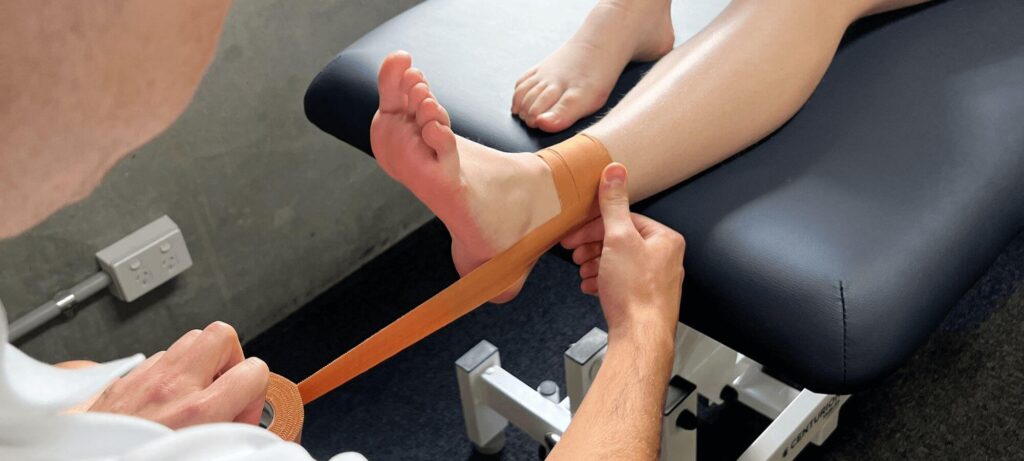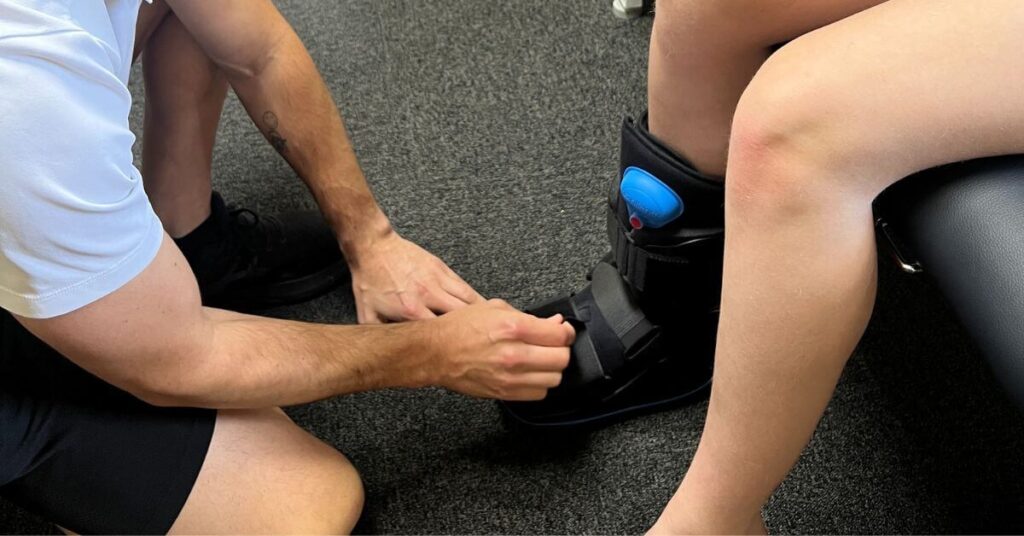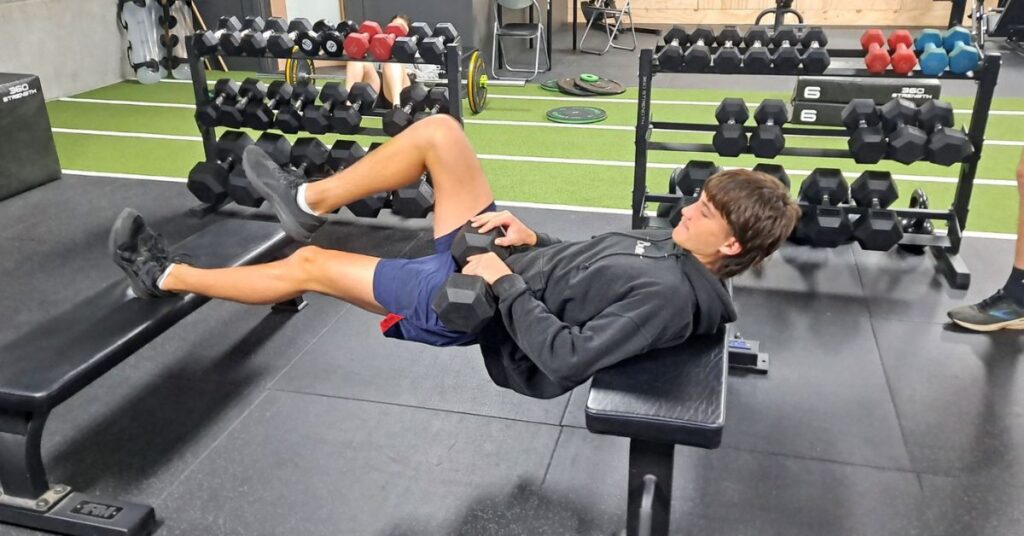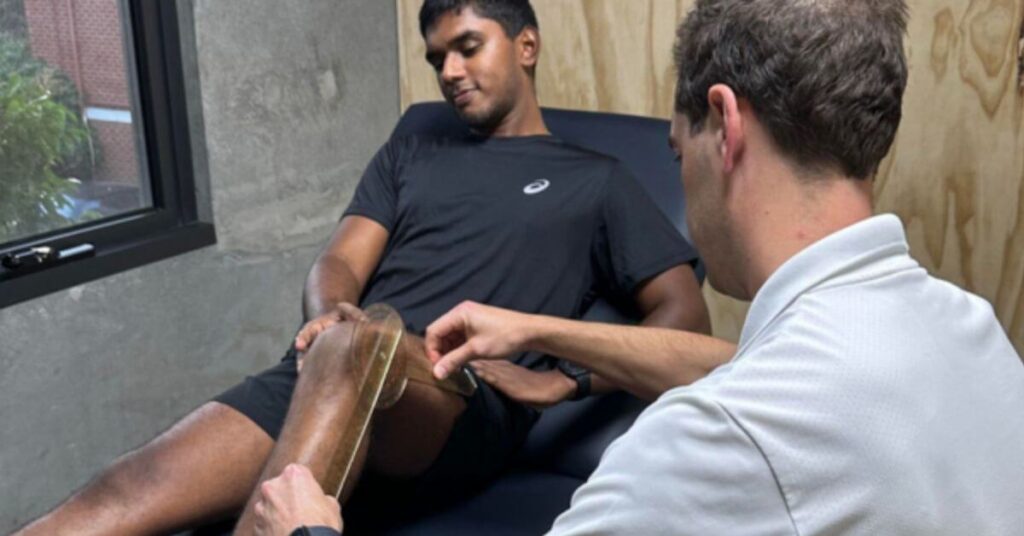Stress Fracture Injuries in Runners: A Comprehensive Guide

Stress fractures are common injuries among runners and athletes, characterized by tiny cracks in bones due to repetitive and excessive loading. These fractures often occur as a result of inadequate recovery between bouts of intense activity. Runners in particular are at a higher risk due to the repetitive impact forces endured during their training and racing. This document aims to provide an overview of stress fracture injuries in runners, including risk factors, diagnosis, and management strategies.
Risk Factors in Stress Fractures
Several factors contribute to the development of stress fractures in runners:
- Training Intensity: Rapid increases in training volume, intensity, or frequency without sufficient gradual adaptation can lead to stress fractures.
- Running Surface: Hard surfaces like concrete and asphalt can transmit greater impact forces to bones compared to softer surfaces.
- Footwear: Inadequate or worn-out shoes provide less cushioning and shock absorption, increasing stress on bones.
- Biomechanics: Poor running form, gait abnormalities, and musculoskeletal imbalances can lead to uneven distribution of forces on bones.
- Nutrition and Bone Health: Inadequate calcium and vitamin D intake can compromise bone health, making them more susceptible to fractures.
- Female Athlete Triad: In female runners, the interplay of low energy availability, menstrual dysfunction, and decreased bone density can elevate the risk of stress fractures.
Diagnosis of Stress Fractures
Prompt diagnosis is crucial for effective management of stress fractures. Physiotherapists use a combination of techniques to diagnose stress fractures in runners:
- Medical History: Evaluating the runner’s training history, recent changes in activity, and symptoms is essential.
- Physical Examination: Localised tenderness, swelling, and pain during palpation at the fracture site may indicate stress fractures.
- Imaging: X-rays might not show early-stage stress fractures, but they can aid in ruling out other conditions. Advanced imaging techniques like MRI or bone scans are more sensitive for detecting stress fractures.
How to Manage a Stress Fracture
Managing stress fractures requires a multifaceted approach to promote healing and prevent recurrence:
- Rest and Immobilisation: Temporary cessation of high-impact activities is crucial to allowing bones to heal. Crutches or braces might be prescribed to prevent weight-bearing on the affected area.
- Maintenance: While immobilised, it’s critical to maintain physical strength and cardiovascular fitness. This can be achieved through resistance training and off-leg conditions, such as swimming.
- Gradual Return to Activity: After a period of rest, a structured return-to-running program helps gradually reintroduce impact forces, allowing bones to adapt.
- Nutrition: Adequate intake of calcium, vitamin D, and other essential nutrients supports bone health and healing.
- Footwear and Running Form: Properly fitting and cushioned shoes, along with gait analysis and form correction, can reduce stress on bones.
- Cross-Training: Low-impact exercises like swimming, cycling, or pool running maintain cardiovascular fitness while minimising strain on healing bones.
- Medical Monitoring: Regular follow-ups with sports doctors to monitor healing progress and adjust the treatment plan as needed.
Conclusion
Stress fractures are significant concerns for runners due to the repetitive nature of the sport. Recognising risk factors, obtaining an accurate diagnosis, and following a comprehensive management plan are crucial for a full recovery and reducing the likelihood of future injuries. Runners should prioritise bone health, gradual training progression, and seeking professional guidance to ensure a safe and successful running experience.
Stress fractures are very common injuries among highly active individuals or athletes. Here are some common symptoms that indicate you need to visit a doctor:
- Localised pain
- Gradually increasing pain
- Tenderness or swelling
- Difficulty in bearing weight
Medical experts say stress fractures can take about 6 to 8 weeks to heal completely, depending on the severity of the fracture and where it’s located.
Stress fractures can be difficult to deal with, especially if you’re used to moving a lot or have an occupation that requires you to always be on your feet. You can still continue with your daily tasks, but you have to be mindful not to put weight on the injured area. It is best to discuss pain management and treatment with your doctor or a sports physiotherapist like Richie Lynch.




